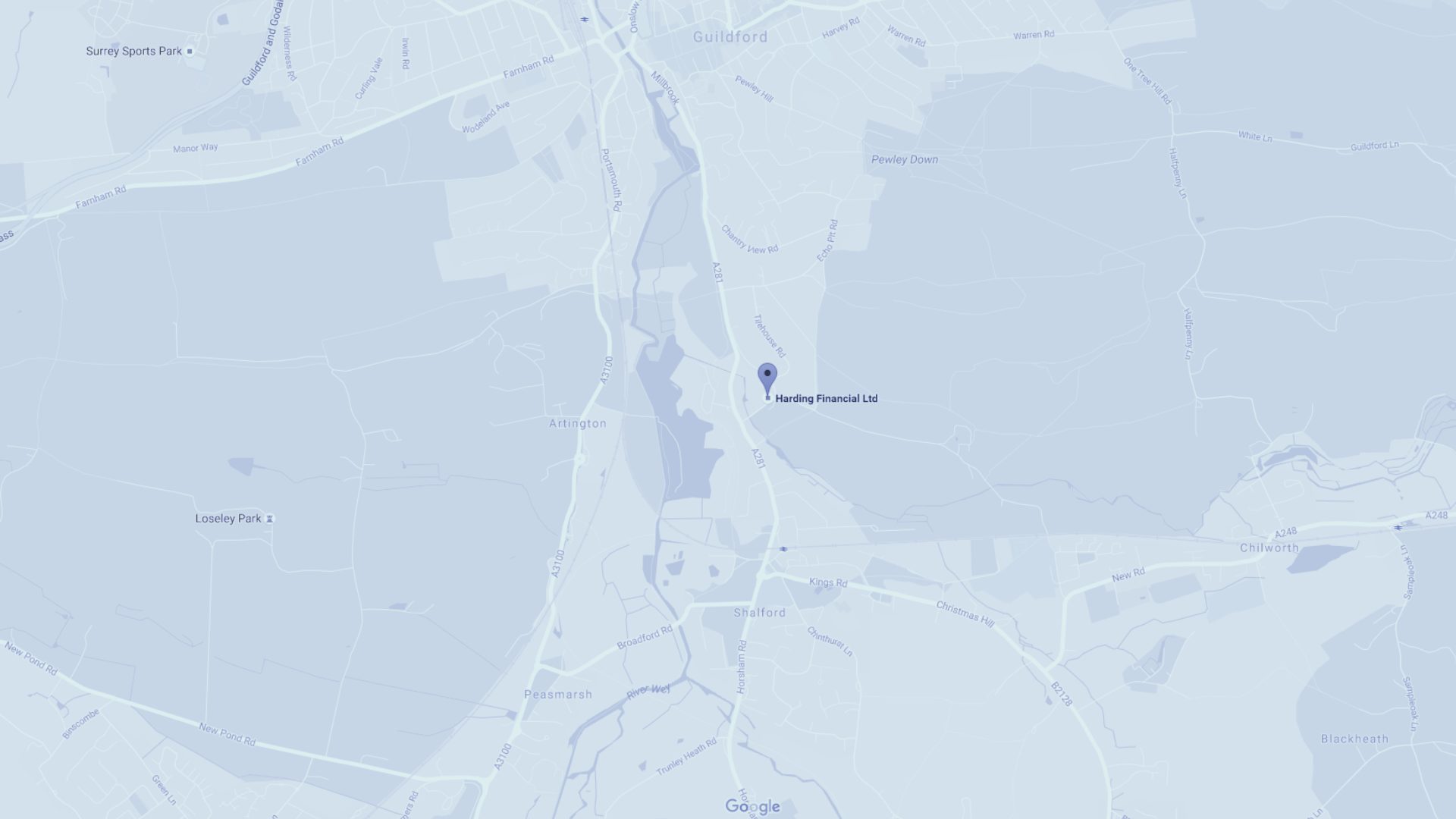
Tapered Annual Allowance
The annual allowance will be reducing from the 6th April 2016 for individuals who have income above £150,000 in any one tax year.
Tapered Annual Allowance
From the 6th of April 2016 the Annual Allowance (the amount an individual can contribute into a pension in any one tax year) will be reducing for individuals who have 'income' in excess of £150,000. The Annual Allowance will reduce by £1 for every £2 that their 'income' exceeds the £150,000 allowance until their Annual Allowance is reduced to £10,000. Therefore anyone earning in excess of £210,000 will have an Annual Allowance of £10,000. This is calculated each and every tax year therefore an individual can potentially have a different Annual Allowance each tax year.
The 'income' figure of £150,000 is defined as 'adjusted income'. This includes an individual's income (i.e. the total amount of income in a tax year, such as salary and bonuses, on which an individual is subject to income tax) and the value of any pension contributions during the tax year. This therefore includes employer and employee pension contributions which have not already been included in the income figure.
The exception to the rule is that if someone's income is less than £110,000 then the Tapered Annual Allowance will not apply.
To show how this works in practice, two examples have been provided below:
Example 1
Mary earns £145,000 in the 2016/17 tax year and receives a 10% employer pension contribution. Mary's income is therefore £145,000 however her adjusted income would be £159,500 (£145,000 + £14,500 pension contribution). Her adjusted income is therefore greater than £150,000 and her income is greater than £110,000. Therefore her Annual Allowance is reduced by £4,750 (£159,500 - £150,000 divided by 2). This means that Mary's Annual Allowance for the 2016/17 tax year would be £35,250 instead of the full £40,000.
Example 2
John earns £120,000 in the tax year 2016/17. He has a company pension scheme whereby they make a contribution of 10% of his salary provided he contributes the same amount to his employer's net pay pension scheme. He also has an employer lump sum pension contribution of £30,000 in the same tax year.
His adjusted income for the tax year will be his income plus employer and employee pension contributions. His income is therefore £108,000 (his salary of £120,000 reduced by his employee pension contribution of £12,000) and his adjusted income would be £108,000 (his income) + £12,000 (his employee contribution) + £12,000 (his employer contribution) + £30,000 (employer lump sum contribution) = £162,000.
Even though his adjusted income for the tax year is in excess of £150,000, his Annual Allowance would not be tapered down because his income was only £108,000 and therefore below the £110,000 threshold.
Please note that the total pension contributions in the example above are in excess of the Annual Allowance of £40,000 and therefore John would need to use carry forward to utilise any allowances available from the previous three tax years if he did not wish to pay an Annual Allowance Tax Charge.
If you have any further questions or wish to discuss how this could affect you personally, do not hesitate to contact your adviser on 01483 80 20 10.
Contact Us
Get in touch today
Call us, email, drop in, or fill in the form so that one of our expert advisers can be in touch.
We look forward to hearing from you and being your financial partner.
Guildford Office:
The Estate Yard
East Shalford Lane
Guildford
Surrey
GU4 8AE
London Office: c/o The Ministry, 79-81 Borough Rd, London, SE1 1DN
